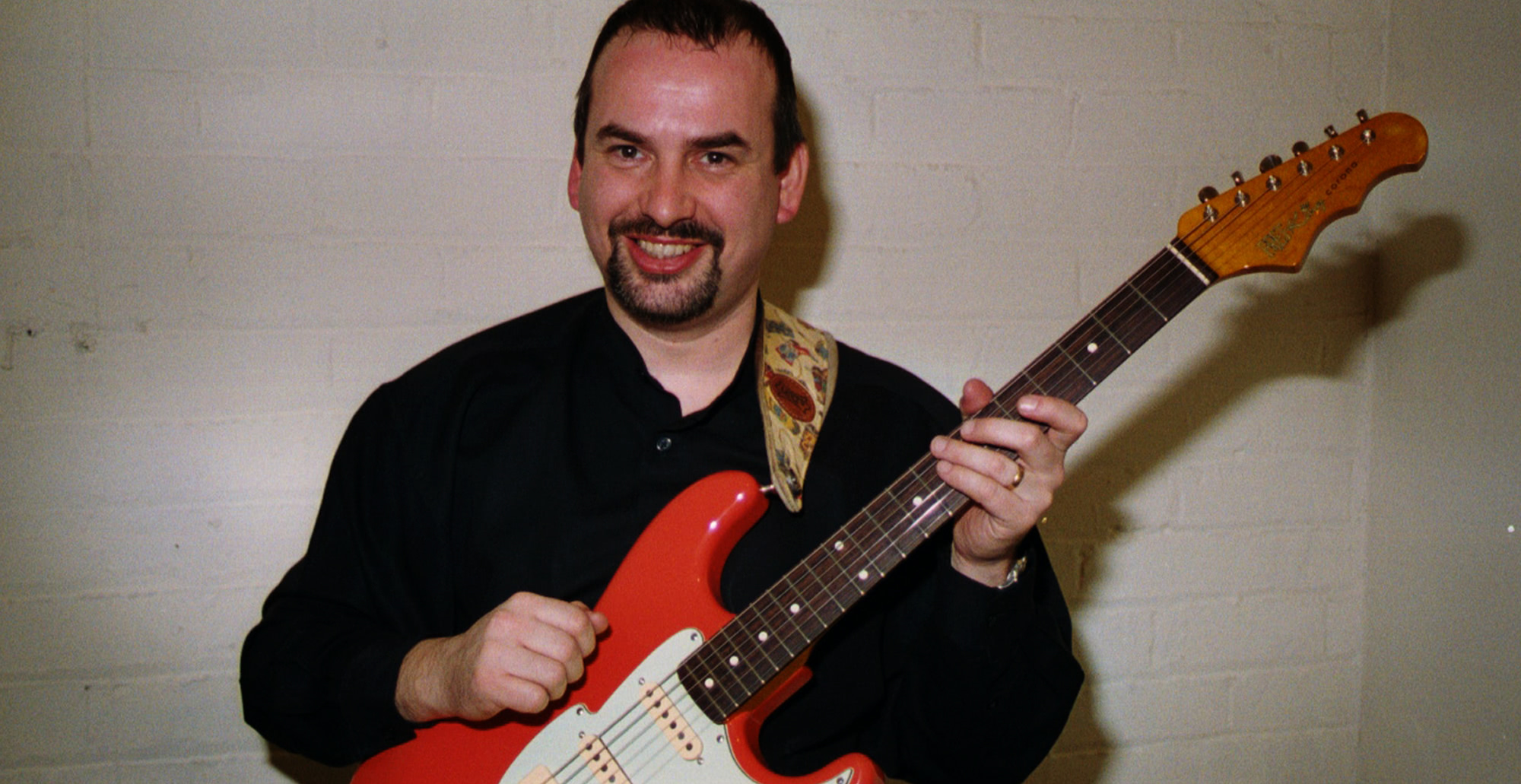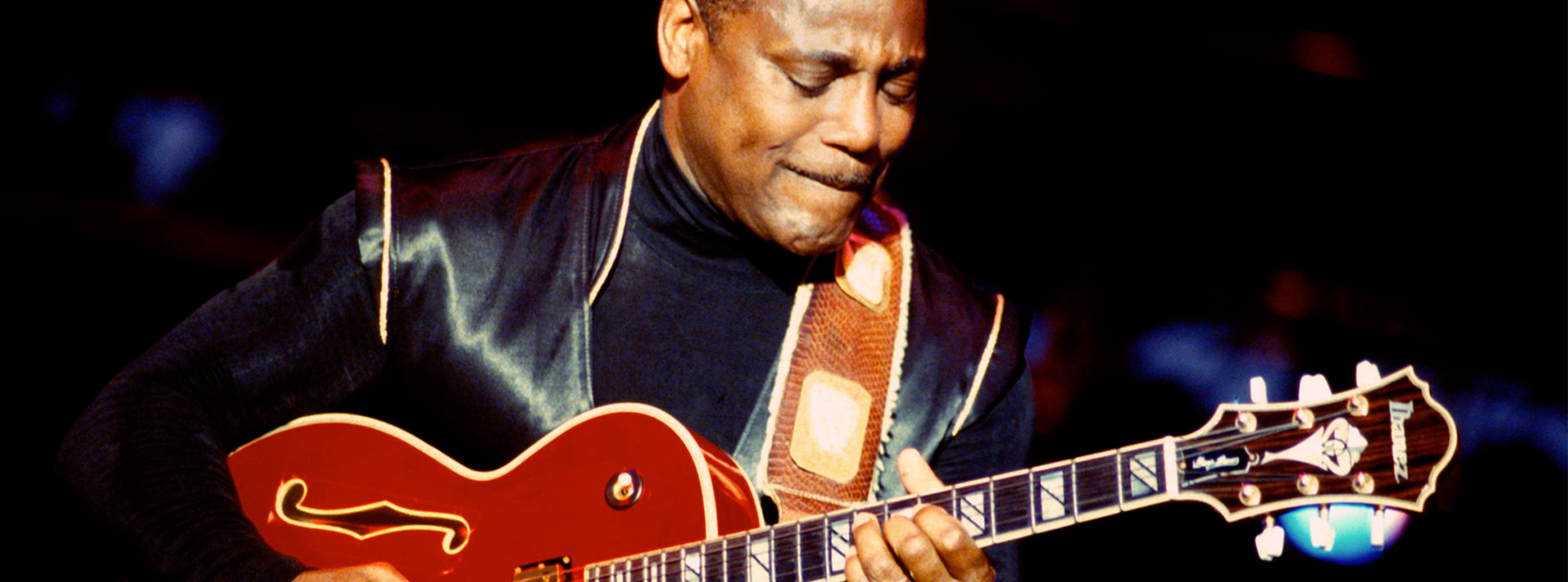“Johnny B. Goode” by Chuck Berry
Get ready to dive into one of the most iconic guitar tracks in rock ‘n’ roll history – “Johnny B. Goode” by Chuck Berry. At LickLibrary, our expert-led, note-for-note guitar lesson breaks down every lick, riff, and run in this high-energy classic, giving you the tools to nail that legendary intro and master the foundational techniques that shaped modern rock guitar. Whether you're looking to tighten your chops or immerse yourself in guitar history, this lesson offers massive value to players of all skill levels. Lee Hodgson breaks down this classic track in this exclusive Lick Library video tutorial.
About the Song and Guitar Style
Released in 1958, Johnny B. Goode is one of the defining tracks of Chuck Berry’s career. With its infectious rhythm, unforgettable intro, and fiery lead lines, the song set the template for decades of guitar-based music. Chuck Berry combined rhythm and lead guitar in a way that became the blueprint for rock guitarists that followed. The song features fast-paced licks, aggressive double stops, and a blues-infused style that seamlessly blends rhythm and melody.
Techniques Covered in the Lesson
Double Stops
One of the hallmarks of Berry’s style, double stops are used throughout Johnny B. Goode to add power and texture. These two-note harmonies bring a dynamic, vocal-like quality to lead lines and are a staple of rock and blues playing. Mastering them will enhance your phrasing and give your solos a confident edge.
Slides
Berry’s use of slides adds a smooth, expressive flow to his licks. They allow for quick transitions between notes, mimicking the fluidity of a vocal line. Practicing slides will improve your fretboard navigation and legato technique, making your solos sound more polished and musical.
Hammer-Ons and Pull-Offs
Incorporating hammer-ons and pull-offs brings speed and fluidity to Berry’s fast runs. These legato techniques allow for quicker execution of notes and are essential for players looking to play with finesse and efficiency.
String Bending
Chuck Berry frequently uses string bending to add emotional expression to his solos. Bending brings life to sustained notes and can emulate the feel of a singer reaching for a note. Developing this technique helps you add nuance and character to your solos.
Syncopated Rhythms
The song’s rhythm is driven by syncopated rhythms, giving it that classic rock ‘n’ roll swing. Learning these rhythms will enhance your timing and groove, especially when combining rhythm and lead parts in a performance setting.
Power Chords
Although the focus is often on the lead, power chords play a key role in providing drive and structure to the rhythm sections. They’re essential for crafting punchy, energetic rhythm guitar parts in a variety of rock styles.
Bluesy Bends
Berry’s blues influence shines through in his use of bluesy bends. These subtle inflections add a raw, expressive feel to his solos. Practicing bluesy bends helps you convey emotion and connect with your audience on a deeper level.
Trills
Short, fast alternations between two notes – trills – appear in Berry’s solos to add excitement and flair. They’re great for building finger strength and dexterity, and are useful for adding rapid-fire embellishments to your solos.
The Guitar Legend Behind the Track
Chuck Berry is widely regarded as one of the founding fathers of rock guitar. His influence spans generations of players, from Keith Richards and Eric Clapton to Angus Young and beyond. Berry’s innovative fusion of blues, swing, and country elements into a distinct, electrifying guitar style transformed the role of the guitar in popular music. His trademark stage presence, duckwalk, and high-octane solos made him not only a musical pioneer but also a cultural icon.
While Chuck Berry is the main guitarist on the track, it’s worth noting that his performances often featured tight interplay with session musicians, making the rhythm section just as important in maintaining the energy and feel of the tune. However, it is Berry’s lead guitar playing that takes center stage, laying the groundwork for what would become the definitive rock soloing style.
Why Learn “Johnny B. Goode”?
Learning Johnny B. Goode gives guitarists a foundation in rock and roll that’s both historically significant and musically enriching. This song covers essential skills that every guitarist should master: precision, timing, expression, and energy. The techniques taught in this lesson go far beyond this one track – they’re foundational tools that will elevate your playing across multiple genres.
With detailed video breakdowns and clear visual instruction, our LickLibrary lesson ensures you won’t miss a single note of Berry’s legendary performance. You’ll gain not only the skills to play this classic but also a deeper appreciation for the art of guitar.
Techniques Used in This Lesson
Ready to rock? Let’s bring Chuck Berry’s classic to life – one lick at a time.

About The Tutor
Tutor Profile
Lee Hodgson
"Lee's contribution here at LickLibrary is a masterclass in classic guitar playing, from Hank Marvin to Simon & Garfunkel, but that certainly isn't the limit of his skills. In reality, Lee is one of the most technically able country guitar players we've ever seen, in fact his book ""Hot Country""...




